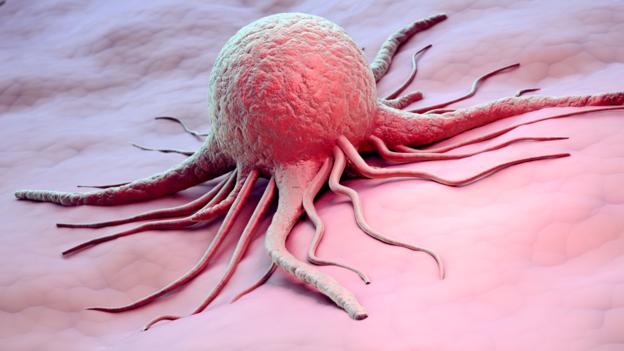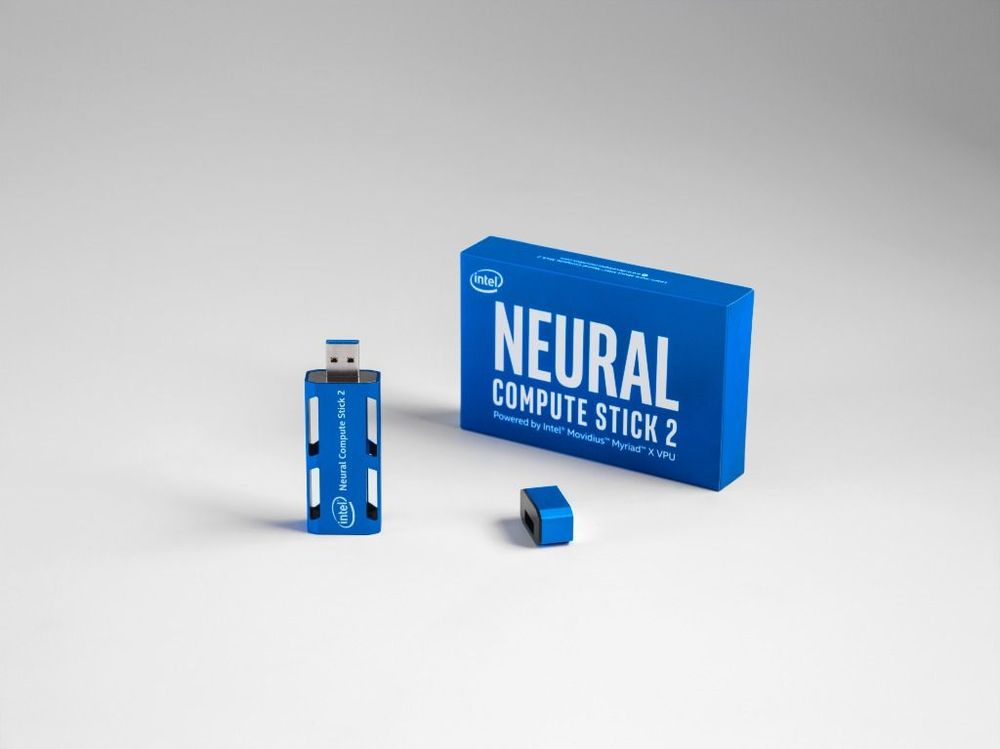
A mere 17–20 meters across, the Chelyabinsk meteor caused extensive ground damage and numerous injuries when it exploded on impact with Earth’s atmosphere in February 2013.
To prevent another such impact, Amy Mainzer and colleagues use a simple yet ingenious way to spot these tiny near-Earth objects (NEOs) as they hurtle toward the planet. She is the principal investigator of NASA’s asteroid hunting mission at the Jet Propulsion Laboratory in Pasadena, California, and will outline the work of NASA’s Planetary Defense Coordination Office this week at the American Physical Society April Meeting in Denver—including her team’s NEO recognition method and how it will aid the efforts to prevent future Earth impacts.
“If we find an object only a few days from impact, it greatly limits our choices, so in our search efforts we’ve focused on finding NEOs when they are further away from Earth, providing the maximum amount of time and opening up a wider range of mitigation possibilities,” Mainzer said.
Continue reading “How to defend the Earth from asteroids” »

















